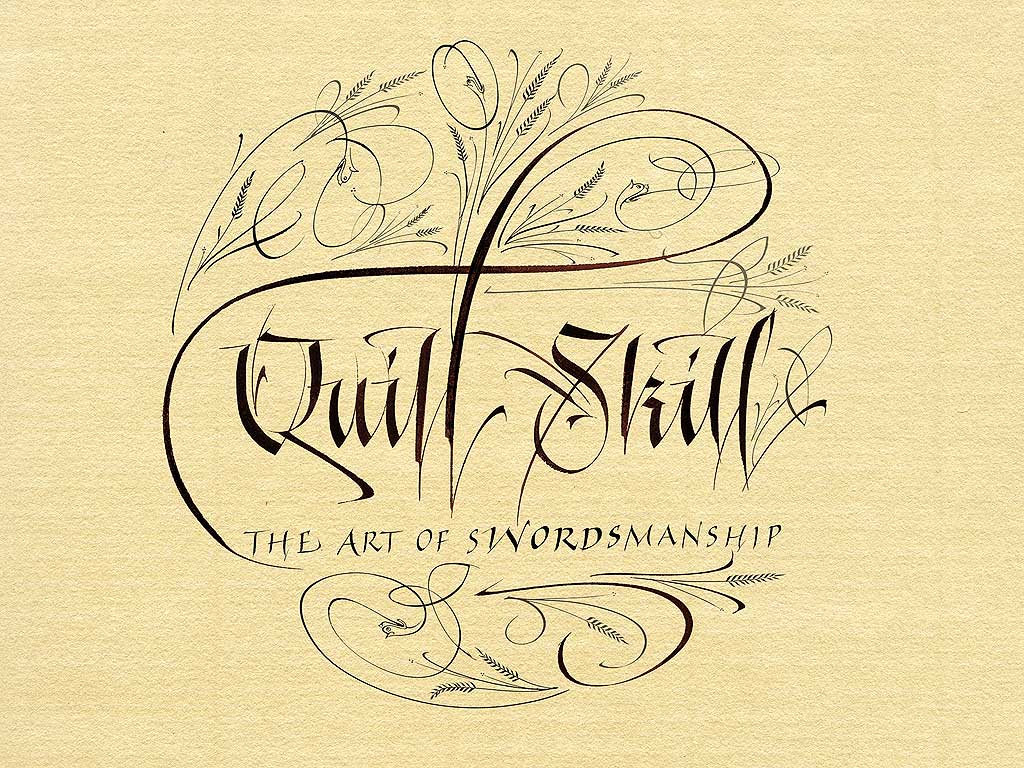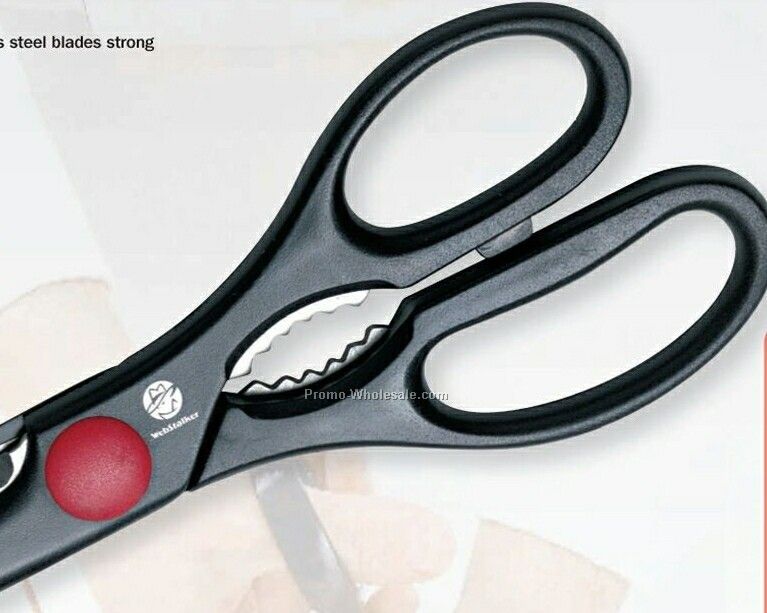The car company Toyota has built up a loyal and supportive crowd of followers over the years. With their reliable cars, efficiency, and constant innovation, Toyota quickly lured many car-buying-hopefuls to its dealerships. This was a company trusted and respected by its consumers. That was all good and well, until 2007 hit.
If Toyota was planning to produce reliable products with the ability to be put to good use by the public, they should have gone down the check list of everyday ergonomics one more time. A hierarchy of rules is useful in order to build a profitable product, and starting in the 1930s "Toyoda", the company's initial title, was the automotive star everyone wanted to hitch their bandwagon to.
The original heads of the company valued the organized system of following the basics of ergonomics, and the profit that naturally followed. With 'safety' as a solid base-rule for building its vehicles, its no wonder Toyota rose to power and popularity so quickly. First building trust with consumers in Japan, Toyota didn't skip steps for company quick saves or cut any corners. The original bosses understood the design conversation between producer and consumer and built their vehicles in accordance to the ergonomic expectations of their buyers.
With 'safety' as the number one prioritized thought behind building all of their cars, all cars were sold with the assurance that the families entrusted to their automobiles would be in good seats. With 'comfort' as the next area of ergonomic necessity, Toyota also made sure that those seats were made in the most comfortable form possible. Showing consideration for their buyers, Toyota never made a drivers seat out of a plank of plywood, but cushioned and formed to fit the contours of a human body, their cars were made with thought of what would be most comfortable to the driver and passengers.
'Ease of use' and 'performance' were obviously key ingredients in the Toyota stew of success back in the day, but perhaps, more recognizable to consumers today is the incorporation of those next rules of ergonomics in their famous (soon to become infamous) Toyota Prius. A button to start the car's engines made the use of the car key virtually obsolete, and this nifty little detail sparked consumers' interest and left other car companies in the dust. Adding GPS systems in the cars was just icing on the 'ease of use' cake.
The 'performance' step of ergonomics (a step that I believe should be a little further down towards the base of the ergonomics pyramid) was the real draw for Toyota consumers when the first prius came out on the market. The fact that the car was a new model hybrid showed ultimate attention paid to the nations growing environmental concerns. With extremely high fuel efficiency and millage, this car had eco-conscious car buyers flocking to the Toyota dealerships. And Toyota didn't fall short in the 'aesthetics' department of ergonomics, with their continuous attempt to make their efficient car no slacker in the sleek and modern appearance category.

However, in 2007 it was in these steps of 'performance' and 'ease of use' that had really had a vital hand in rocketing Toyota's pride and joy, the Prius into fame, that resulted in the company's plummet back down to earthly levels of inadequacy. By a simple error, for which I'm sure all of Toyota car makers are smacking themselves in the head, of a floor mat that proves to have to much traction on the drivers side, Toyota's reign came crashing down. "Toyota recalled 55,000 Camry and Lexus ES 350 models in 2007 because of complaints of unintended acceleration caused by the mats sticking under the accelerator pedal. The NHTSA said consumers continued to report instances of uncontrolled acceleration in Toyota models after that recall."
Read more: http://www.evolvingexcellence.com/blog/2009/09/toyotas-inexcusable-failure.html#ixzz15Pb0gEXB
at Evolving Excellence This recall showed that in the 2000s, Toyota was cutting a few corners in ergonomics, sidestepping 'safety', 'performance', and even 'ease of use', with the unbelievable error of sticky mats. However, perhaps even more embarrassing and inexcusable than this 2007 failure to follow the basic rules of designing a consumer friendly car based in ergonomic reason is the fact that Toyota had to recall millions of cars again in 2010 due to an acceleration pedal issue once again. If a company finds fault in a product, it stands to reason that this company would and should do everything in its power to then follow the 5 areas of ergonomics research to the letter in order to create a sound product for their buyers. For these consumers are putting their safety, the number one priority and base in the ergonomics pyramid, in Toyota's hands. Now, Toyota is trying to backpedal and salvage the loyal consumer base of its past with documentary-style commercials showcasing the loyal Toyota customer and his continued use of and faith in the Toyota vehicle.



























